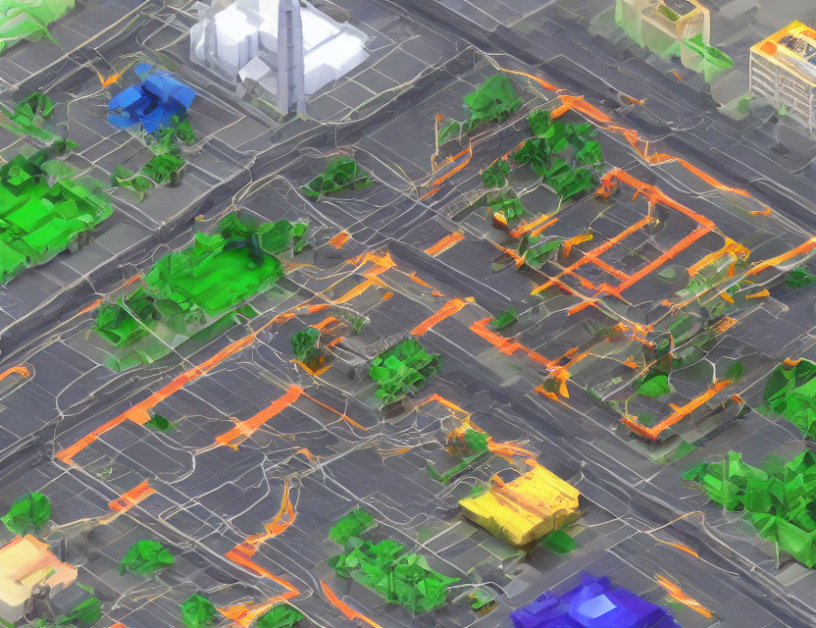Text-to-image synthesis has been a rapidly evolving field in recent years, with numerous approaches proposed to generate high-quality images from textual descriptions. In this article, we aim to provide a comprehensive overview of a specific type of text-to-image model called MRF (Markov Random Field) models, which have shown promising results in this domain. We will delve into the details of how MRF models work and their advantages over other methods.
What are MRF Models?
MRF models are a class of probabilistic models that leverage the power of structured token prediction to generate images from textual descriptions. Unlike traditional text-to-image models, which rely on a single neural network to generate images, MRF models use a combination of neural networks and Markov random fields to reason about the image generation process.
The basic idea behind MRF models is to represent the image generation process as a Markov random field, where each patch in the image is associated with a set of probabilities. These probabilities are learned by a neural network, which predicts the structured token (i.e., a set of pixels) for each patch in the image. The MRF model then uses these predicted tokens to generate the final image.
How do MRF Models Work?
MRF models consist of two main components: a neural network and a Markov random field. The neural network is used to predict the structured token (i.e., a set of pixels) for each patch in the image, while the Markov random field is used to model the dependencies between these patches.
The neural network part of the MRF model is typically a Transformer-based architecture, which has shown great success in various natural language processing tasks. The Transformer model takes as input a sequence of tokens (i.e., a textual description) and outputs a set of probabilities for each token. These probabilities are then used to generate the structured token (i.e., a set of pixels) for each patch in the image.
The Markov random field part of the MRF model is a probabilistic graphical model that captures the dependencies between the patches in the image. Each patch in the image is associated with a set of probabilities, which are learned by the neural network during training. These probabilities represent the likelihood of each pixel in the patch given its context (i.e., the pixels in the surrounding area).
Advantages of MRF Models
MRF models have several advantages over other text-to-image models. Firstly, they can generate high-quality images with a wide range of styles and layouts. Secondly, they are more interpretable than other models, as the learned probabilities provide insight into the reasoning process behind the image generation. Finally, MRF models are computationally efficient and scalable, making them suitable for large-scale text-to-image synthesis tasks.
Conclusion
In conclusion, MRF models offer a powerful approach to text-to-image synthesis, leveraging the strengths of both neural networks and probabilistic graphical models. By combining these two paradigms, MRF models can generate high-quality images with interpretable and efficient reasoning processes. As the field of text-to-image synthesis continues to evolve, it is likely that MRF models will play an increasingly important role in this domain.



